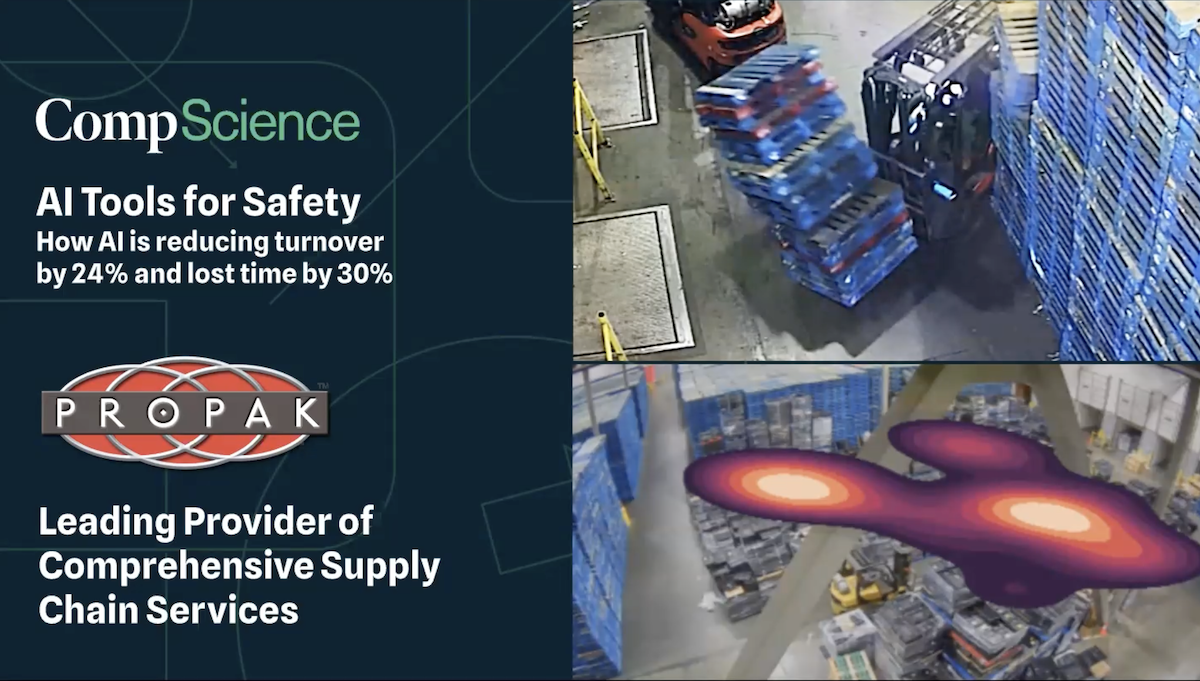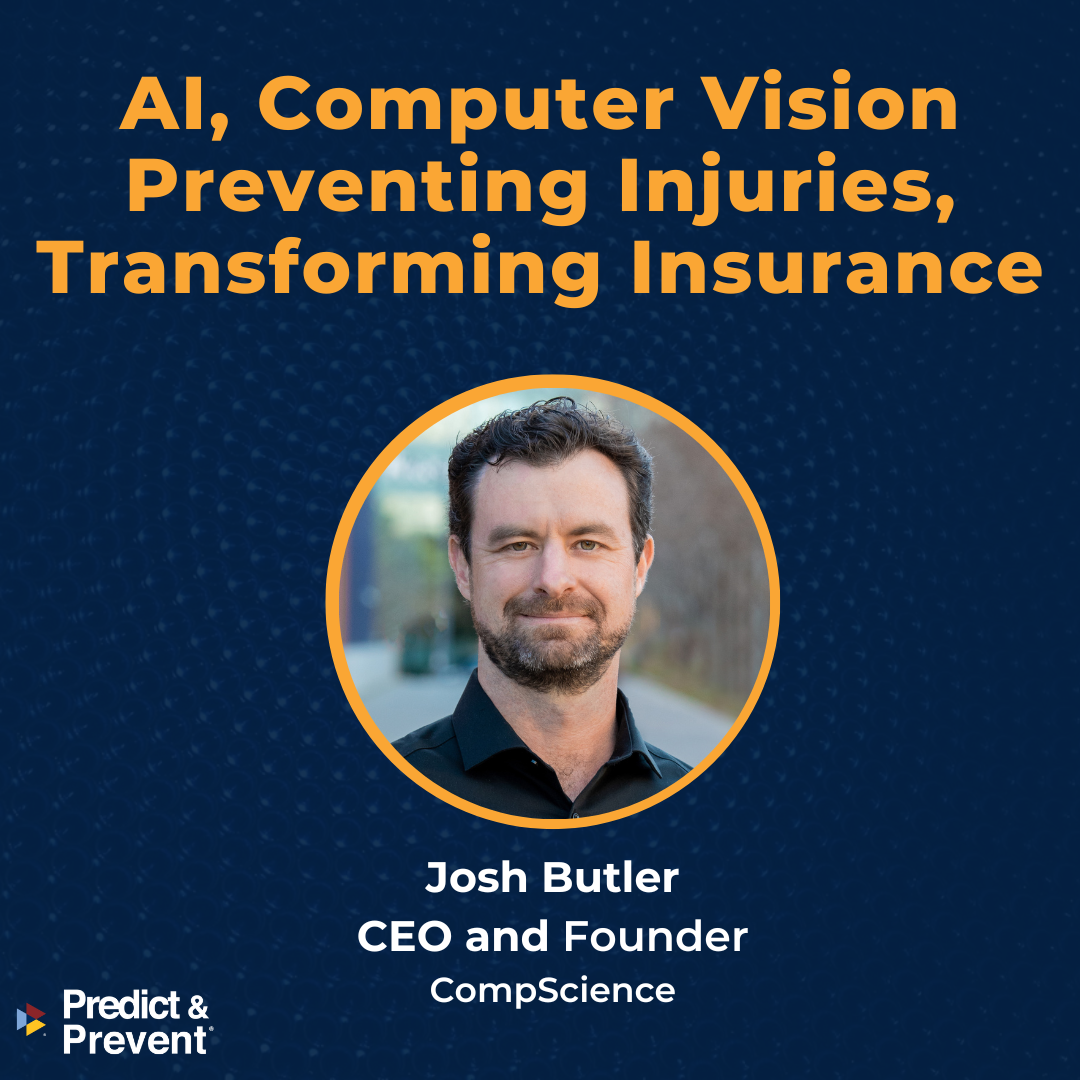What Is TCOR?
The total cost of risk (TCOR) is a term used to describe the overall cost associated with managing risks within an organization. It includes both the direct costs of risk management (such as premiums for insurance policies) and the indirect costs of risk (such as lost productivity due to accidents or injuries).
TCOR is a way for organizations to understand the full cost of managing risks and can be used to inform decisions about risk management strategies. By understanding the total cost of risk, organizations can determine which risks are most costly and prioritize their risk management efforts accordingly.
TCOR is typically calculated by adding together the following components:
- Direct costs of risk management: This includes the cost of insurance premiums, legal fees, and other expenses related to managing risks.
- Indirect costs of risk: This includes the cost of lost productivity, damage to reputation, and other indirect costs resulting from risks.
- Opportunity costs: This includes the cost of missed opportunities due to the resources dedicated to managing risks.
By understanding the total cost of risk, organizations can make informed decisions about how to allocate resources and prioritize risk management efforts.






